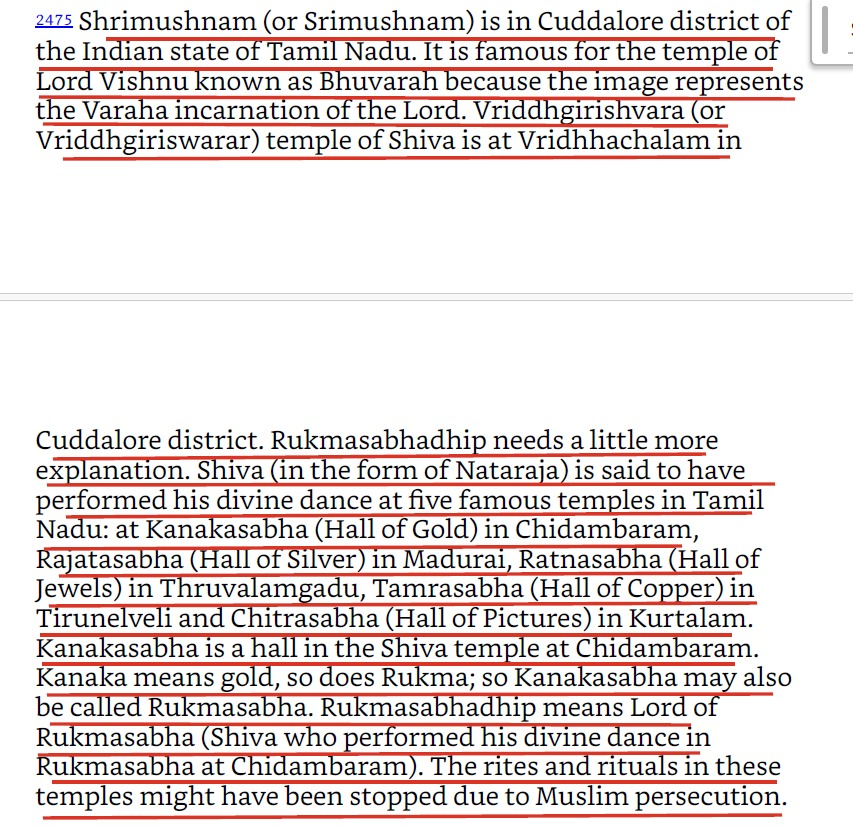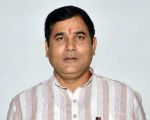The backlash against Gadkari’s statement is rooted in a demand for historical accuracy and nuance, especially when such claims are made by influential figures in government. Critics argue that Gadkari’s portrayal of Shivaji as a secular icon oversimplifies a complex historical figure whose actions were deeply intertwined with the religious and cultural dynamics of his time. The minister’s comments, intended perhaps to align with the political narrative of “Sabka Vishwas” (trust of all), have instead sparked a reevaluation of Shivaji’s legacy through the lens of historical evidence.
Historical records, including the detailed account in Gajanan Bhaskar Mehendale’s “Shivaji His Life and Times,” published by Param Mitra Publications in 2011, provide a different perspective. Mehendale describes Shivaji not merely as a visionary but as a ‘relentless force of Hindu resurgence,’ who systematically worked to erase traces of Muslim desecration and destruction. One of the most contentious points is Mehendale’s documentation that Shivaji demolished mosques at Tiruvannamalai and Samottir Perumal to restore the original temples dedicated to Shiva and Vishnu, respectively. This action, undertaken to undo centuries of erasure, directly contradicts Gadkari’s claim that Shivaji never destroyed any mosque.
Furthermore, Mehendale’s work highlights Shivaji’s efforts to revive Hindu traditions and sacred Vedic rites, particularly during his coronation. The restoration of Sanskrit as the official language in place of Persian, and the reinstatement of long-suppressed Hindu rituals at temples in Shrimushnam, Vriddhachalam, and Chidambaram in present-day Tamil Nadu, are cited as evidence of a deliberate policy to counter Islamic influence. These actions, while undoubtedly significant in the context of Hindu revivalism, do not align with the image of a secular king who treated all religions equally.
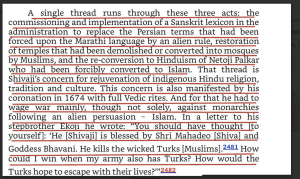
The complexity of Shivaji’s relationship with Islam and Muslims is further elucidated in historical analyses, such as those by The Print. The article notes that Shivaji’s empire extended from present-day Pakistan to Tamil Nadu, yet his policies were not devoid of religious undertones. For instance, the restoration of temples in Maharashtra during his reign was part of a broader strategy to preserve and promote Hindu culture and religion. This strategy included actions that could be interpreted as antagonistic towards Islamic structures and practices, challenging the notion of Shivaji as a purely secular figure.
The narrative of Shivaji as a secular king is part of a broader political discourse in India, where historical figures are often reinterpreted to fit contemporary political agendas. This trend has been evident in recent years, with political leaders invoking historical figures to garner support or justify policies. However, such reinterpretations can lead to a distortion of history, as seen in Gadkari’s statement. The minister’s comments reflect a tendency to whitewash historical complexities to present a unified, palatable narrative that aligns with current political objectives.
The backlash against Gadkari’s statement is not just about historical accuracy but also about the responsibility of public figures to be well-informed before making such claims. Social media users and historians have pointed out that being a minister does not grant the right to peddle false narratives. The demand for evidence-based historical discourse is growing, and there is a call for a more balanced approach to teaching and remembering history in India. This controversy underscores the importance of public figures being cautious and accurate in their historical assertions, as their statements can significantly influence public opinion and historical understanding.
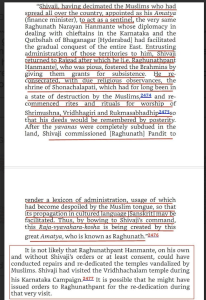
Moreover, the debate touches on the broader issue of how history is taught and remembered in India. The educational curriculum, public discourse, and political rhetoric all play a role in shaping historical narratives. The tendency to simplify complex historical figures like Shivaji into icons of secularism or religious revivalism can lead to a loss of nuance and a misrepresentation of their legacy. Historians argue for a more comprehensive understanding that acknowledges both the achievements and the controversies surrounding such figures.
In conclusion, Nitin Gadkari’s statement on Chhatrapati Shivaji Maharaj has sparked a necessary reevaluation of historical narratives. While Shivaji’s legacy as a warrior king and a symbol of Maratha pride is undeniable, portraying him as the “greatest secular king” without acknowledging the religious and cultural dynamics of his actions is a simplification that does not hold up under scrutiny. The controversy serves as a reminder of the importance of historical accuracy and the responsibility of public figures to engage with history in a nuanced and informed manner. As India continues to navigate its complex historical landscape, the demand for a balanced and evidence-based approach to historical narratives will only grow stronger.
Bullet Points
The controversy surrounding Union Minister Nitin Gadkari’s statement about Chhatrapati Shivaji Maharaj being the “greatest secular king in Indian history” has sparked a broader debate on the accuracy of historical narratives propagated by public figures.
Gadkari’s claim that Shivaji never destroyed any mosque or insulted any woman has been challenged by historians and social media users, leading to questions about the minister’s understanding of history and his role in shaping public perception.
Historical records, including the work of Gajanan Bhaskar Mehendale in “Shivaji His Life and Times,” suggest that Shivaji was indeed involved in actions that could be interpreted as part of a Hindu resurgence, including the demolition of mosques at Tiruvannamalai and Samottir Perumal to restore original temples.
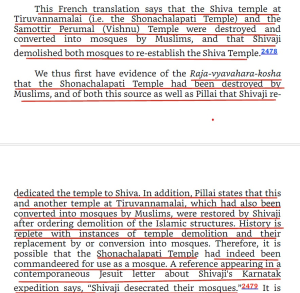
Mehendale’s book details Shivaji’s efforts to revive Hindu traditions and sacred Vedic rites, indicating a deliberate policy to counter Islamic influence, which contradicts the notion of Shivaji as a purely secular figure.
The restoration of temples in present-day Maharashtra during Shivaji’s reign, as documented in various historical accounts, further supports the view that his actions were aimed at preserving and promoting Hindu culture and religion.
The complexity of Shivaji’s relationship with Islam and Muslims is highlighted in historical analyses, such as those by The Print, which note that while Shivaji’s empire extended from Pakistan to Tamil Nadu, his policies were not devoid of religious undertones.
The narrative of Shivaji as a secular king is part of a broader political discourse in India, where historical figures are often reinterpreted to fit contemporary political agendas, a trend that has been evident in recent years.
The backlash against Gadkari’s statement reflects a growing demand for accuracy and nuance in historical discussions, especially when made by influential figures in government.
The debate also touches on the broader issue of how history is taught and remembered in India, with calls for a more balanced and evidence-based approach to historical narratives.
This controversy underscores the importance of public figures being well-informed before making historical claims, as their statements can significantly influence public opinion and historical understanding.

